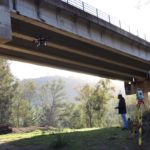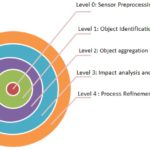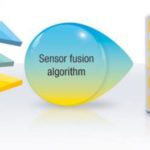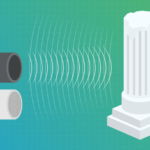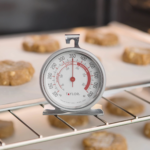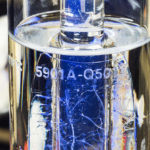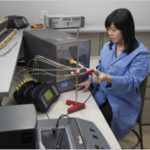As robots become increasingly autonomous, sensor fusion is growing in importance. Sensor fusion merges data from multiple sensors on and off the robot to reduce uncertainty as a robot navigates or performs specific tasks. It brings multiple benefits to autonomous robots: increased accuracy, reliability, and fault tolerance of sensor inputs; extended spatial and temporal coverage […]
FAQ
Sensor fusion levels and architectures
Sensor fusion is the process of combining inputs from two or more sensors to produce a more complete, accurate, and dependable picture of the environment, especially in dynamic settings. The goal of sensor fusion is to provide those improved results with the minimum number of sensors and minimum system complexity for the lowest cost. The […]
Sensor fusion – How does that work?
Each sensor type, or modality, has inherent strengths and weaknesses. Sensor fusion is the process of bringing together inputs from multiple sensors to form a single model or image of the environment around a platform. The resulting model is more accurate because it balances the strengths of the various sensors. Sensor fusion brings the data […]
How to design an effective telehealth system
By Marcel Consée, Mouser Electronics Healthcare can be deeply personal, and direct contact between patients and medical personnel remains vital. However, taking the relationship between doctors and nurses out of the equation can sometimes make sense. Medical crises such as the global COVID-19 pandemic accelerate the adoption of telehealth methods, even though the original idea […]
An introduction to ultrasonic sensors
Ultrasonic sensors have been a popular method for distance measurement and object detection for many years. Their basic operating principle works by measuring the amount of time it takes for their emitted ultrasonic pulse of sound to bounce off an object and return, hence the name ultrasonic sensor. With the market for autonomous robots, vehicles, […]
The challenge of temperature measurement and sensor calibration, Part 3
Temperature is a widely measured real-world physical variable, but achieving credible results is harder than it seems, even for a simple device such as a kitchen oven. While many temperature-related measurements require high accuracy, precision, and repeatability — let’s say, to better than 1º C — many others do not, yet still bring challenges. Consider […]
The challenge of temperature measurement and sensor calibration: part 2
Temperature is a widely measured real-world physical variable, but achieving credible results is harder than it seems, even for a simple device such as a kitchen oven. What is temperature, anyway? While we all “know” intuitively what temperature is, actually defining and calibrating its readings is a complicated discussion. A fundamentalist approach is to go […]
The challenge of temperature measurement and sensor calibration: part 1
Temperature is a widely measured real-world physical variable, but achieving credible results is harder than it seems, even for a simple device such as a kitchen oven. Calibration of a sensor and its associated electronics channel before making critical measurements or monitoring system performance is a common requirement in many situations. In some cases, it’s […]
Graphene-based flowmeter sensor measures nano-rate fluid flows, Part 3: The sensor
The first part of this article looked at the challenges of sensing nano-level flow rates such as found in the blood vessels. In contrast, the second part looked at graphene, an allotrope of elemental carbon at the heart of a new sensor used to measure those flows. This third and final part looks at the […]
Graphene-based flowmeter sensor measures nano-rate fluid flows, Part 2: The graphene context
The previous part of this article looked at the challenges of nanoflow sensors, especially with respect to blood flow. This part looks at graphene, which is the basis for the new sensor. Graphene is a material structure which did not exist until relatively recently. However, its constituent element of graphite – the crystalline form of […]

